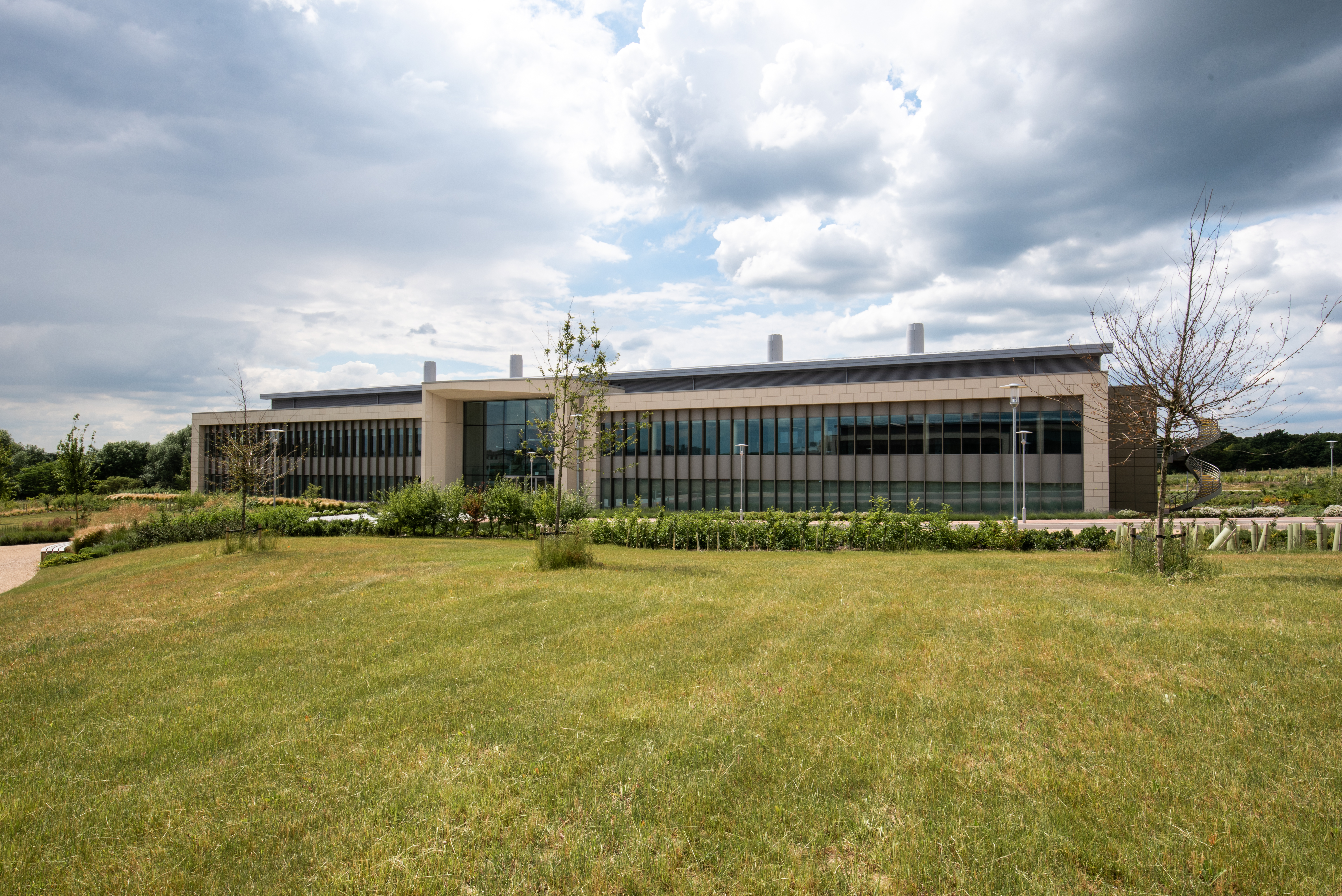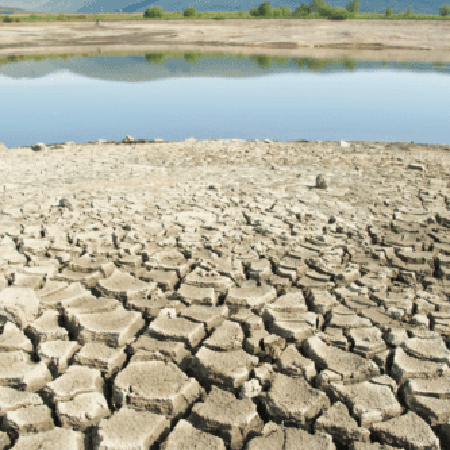SDS SYSTEMS
SDS GEOlight Tanks;
SDS Weholite Manholes, Pumping and Valve Chambers;
SDS Aqua-Swirl® AS-2 Hydrodynamic Vortex Separators;
SDS Intellistorm® Rainwater Management System; SDS SYMBiotIC™ Management Control.
CLIENT
SDC.
END CUSTOMER
Biomed Realty.
PROJECT
Babraham Research & Development Campus extension, Cambridge.
PURPOSE
To provide additional real estate with which to attract new companies to the site and provide extended facilities to existing occupants. operate with a zero-carbon footprint.
BRIEF TO SDS
To deliver surface water attenuation and recycling services including toilet flushing.
TIMING
Completion late 2023 into early 2024.
PROJECT BACKGROUND INFORMATION
Located within Green Belt land to the south-east of Cambridge, Babraham Research Campus is a globally important research cluster and one of the UK’s leading locations to support bioscience enterprise.
It forms part of the wider ‘Cambridgeshire Life Sciences Cluster’ and the Oxford, Cambridge, London ‘Golden Triangle’ of research, development and innovation.
Established in 1998 the Campus provides companies with laboratory and office space together with access to outstanding scientific facilities. It is currently home to over 60 companies, with 1,500 employees and 300 academic researchers.
The latest stage of its development, which extends to approximately two-and-a-half hectares, will enable the UK, and the Oxford-Cambridge Arc, to strengthen its position in the global life sciences sector. In addition to significant economic benefits, the development will also secure several environmental, social and health benefits, including a Biodiversity Net Gain of over 20%, and is targeted to achieve a BREEAM ‘Excellent’ rating, achieving up to a 40% Carbon Dioxide reduction and thereby significantly exceeding the minimum 10% planning requirement.
PROJECT OBJECTIVES
To deliver a “belt and braces” integrated water management solution that addresses both the potential for flooding of the site and seasonal shortfalls in water availability.
PROJECT REQUIREMENTS
To ensure that access to the development’s hard and soft landscaping, in particular pedestrian walkways and cycleways, 48-cycle shelter and 98 car parking spaces, remains unaffected by extreme rainfall events. In order to ensure a satisfactory method of surface water drainage and to prevent the increased risk of flooding in accordance with Policies CC/7 and CC/9 of the South Cambridgeshire Local Plan 2018, the drainage scheme is required to adhere to the hierarchy of drainage options as outlined in the NPPF PPG; the scheme should subsequently be implemented, in accordance with the approved details, before the development is occupied.
To provide an unbroken supply of water for servicing the campus residents’ needs and to ensure that there is sufficient water available for toilet flushing and for grounds’ irrigation and maintenance purposes when required, notably in the prolonged absence of rainfall.
ISSUES OVERCOME
Since the soil at the site was found to have a very low infiltration capacity, a combination of permeable pavement for hardstanding areas and collection of roof rainwater linked to an existing surface water connection was proposed following consultation with Anglian Water, the Environment Agency, the Lead Local Flood Authority and the Council’s Sustainable Drainage Engineer. Restriction of the flow to greenfield runoff is provided with flows attenuated by provision of an extension of an existing cellular storage tank to achieve a 1 in 100 year storm return period including 40% allowance for climate change.
In complying with the Environment Act 2021 and the Council’s Doubling Nature Strategy, it was important that the development, and its implications for the availability of water, did not result in a significant adverse impact on a number of European protected species, including bats, great crested newts and otters, or on priority species such as water voles.
RESULTS
Initially SDS was tasked with designing tanks, in line with the original specification, for surface water attenuation purposes, with an extra sump dug deeper to supply rainwater harvesting volume. However, having identified some issues with the proposed design SDS was able to provide a number of options for the client for a functional system that maximised the potential for water reuse whilst maintaining the surface water attenuation qualities of the system.
The development has been able to demonstrate a substantial net gain in biodiversity of 32%, some three times greater than the mandatory requirement.
SDS integrated flood prevention and drought mitigation system
| T | +44 (0)1934 751303 |
|---|---|
| F | +44 (0)1934 751304 |
| E | info@sdslimited.com |
| W | Visit SDS Infrastructure's website |
| Clearwater House, Castlemills Industrial Estate, Biddisham, Somerset, BS26 2RE |
Products by this Company



%201%20SDC-file140831.jpg)



